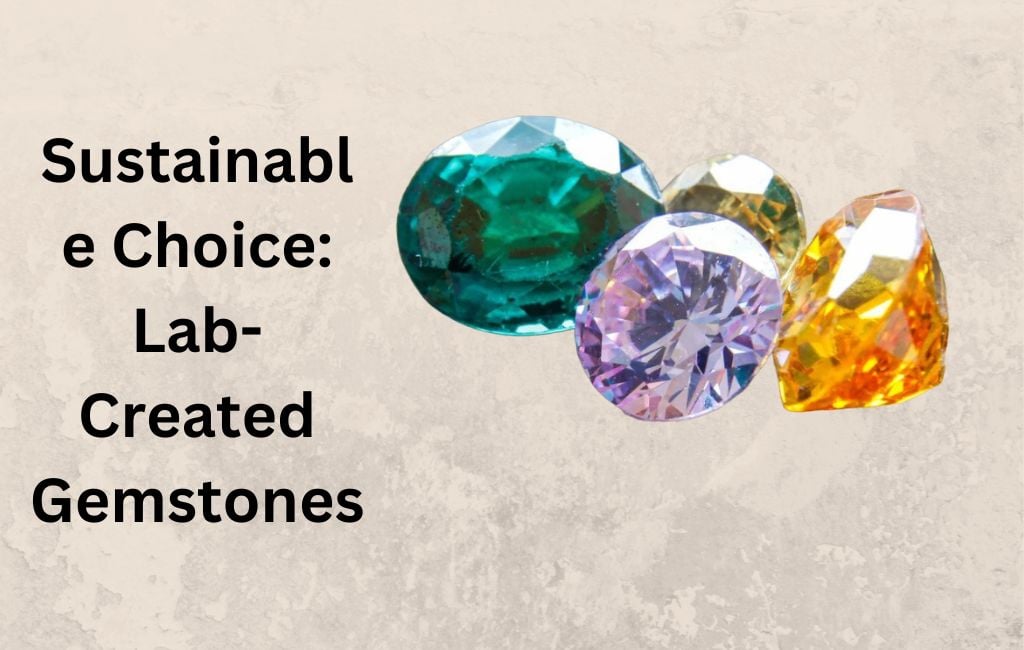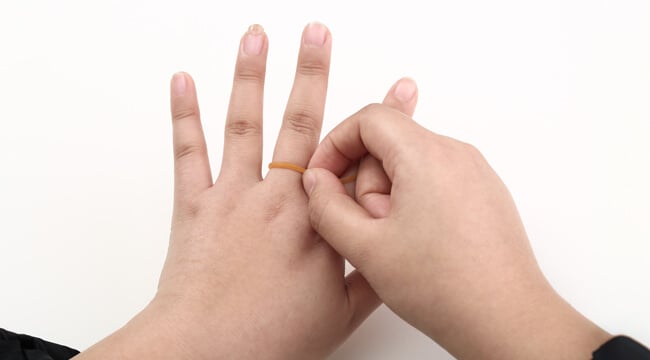Gemstones have long held us spellbound, their beautiful sparkle and elegance providing jewelry pieces with unparalleled charm. But have you ever considered lab-created gemstones as potential jewelry options? To answer such questions as these and more. Let’s investigate these questions together.
What Are Lab-Created Gemstones?
Lab-created gemstones, as their name implies, are gems produced artificially in a laboratory rather than occurring naturally on Earth’s crust. Synthetic or man-made gems are often referred to by these labels. Though these gems don’t share geological origins like natural gemstones do, many physical and chemical properties of lab-made gems remain comparable with them, including their beauty and durability.
How Are Lab-Grown Gemstones Created?
Lab-grown gemstones are produced through a process that recreates the extreme heat and pressure conditions found deep within Earth, replicating these natural processes in just weeks in a laboratory setting. Scientists use various processes such as Flux, Czochralski, and Hydrothermal processes in order to craft gems with precision.
Laboratory-grown gemstones date back to the late 19th century. Auguste Verneuil, a French chemist, pioneered flame fusion as a means of producing synthetic rubies; since then technology has significantly advanced, leading to various lab-grown gems being created, from sapphires to emeralds.
Benefits Of Lab-grown Gemstones
Craftsmanship and Customization
Lab-grown gemstones present an array of possibilities when it comes to crafting jewelry pieces that reflect your individuality. Skilled artisans can use lab-grown gemstones as the basis of one-of-a-kind works of art, while you have complete freedom over their color, size, and cut – meaning your piece truly reflects you as an individual! Whether your dream involves an eye-catching sapphire with specific shades of blue, or creating your very own customized engagement ring; lab-grown gemstones have the versatility needed to bring your dreams alive.
Affordable Elegance
In jewelry, affordability, and elegance don’t usually go hand-in-hand, but lab-grown gemstones break this mold by providing high-quality gemstones at a fraction of their natural counterpart’s costs – enabling a wider array of customers to experience its luxury without breaking the bank!
Ethical Reassurance
For those concerned about the ethical repercussions of traditional gemstone mining, lab-created gemstones offer peace of mind. Choosing these stones means supporting a more responsible and ethically sound industry.
Lasting Beauty
Lab-created gemstones offer both cost-efficiency and long-term beauty, thanks to their exceptional durability. Resistant to scratches and abrasions, lab-grown gems will continue their radiant display for many years to come – be it daily wear or for special events, you can always count on its lasting charm.
A Kaleidoscope of Colors
Lab-grown gemstones offer an expansive spectrum of hues for you to select, enabling you to find something to meet your style and preferences. From deep red rubies to vibrant green emeralds, lab-created gemstones allow jewelry that reflects who you are with the wide array of shades they bring.
Care and Maintenance of Lab-created Gemstones
As with natural gemstones, lab-created gems require proper care and maintenance in order to remain beautiful and long-lived. When cleaning these lab-grown gemstones, use a soft-bristled toothbrush with mild soapy water to gently remove dirt, oils, and grime without harsh chemicals or abrasive cleaners that could potentially harm their surfaces. Rinse it after each application then pat dry with a microfiber cloth afterward.
Laboratory-created gems can be vulnerable to harsh chemicals and acids, so it’s wise to avoid exposing them to chlorine, bleach, and strong cleaning agents that could discolor or damage your gemstone. Furthermore, be wary when applying perfumes, lotions, or hairsprays while wearing gemstone jewelry as their residue can diminish its sparkle.
When it comes to storing lab-created stones, be sure to store them separately from other jewelry pieces to avoid scratching or chipping. Soft pouches or compartments within a jewelry box provide optimal storage conditions; this also protects them from sunlight or extreme temperatures that could compromise color and luster.
Your jewelry containing lab-created gemstones should be regularly inspected to ensure its settings are secure, as loose settings could result in damage or loss to the gems.
If your lab-created gemstone becomes scratched or faded over time, consult a professional jeweler in order to assess whether it can be repolished and refinished.
Conclusion
Lab-created gems have emerged as a true standout in the gemstone world, boasting stunning beauty, sustainability, and affordability. No matter if it is for jewelry customization purposes or ethical selection – lab-created gems offer something different – with their breathtaking allure and vibrant hues reinventing our perception of these precious stones.
Don’t overlook the magnificent brilliance of lab-created gemstones – they truly shine bright! Don’t be fooled into missing out – lab-grown gems are truly astounding!






